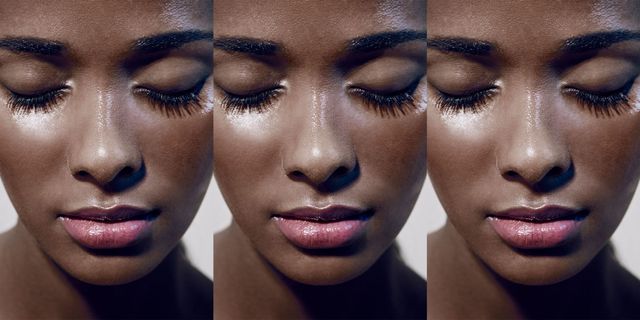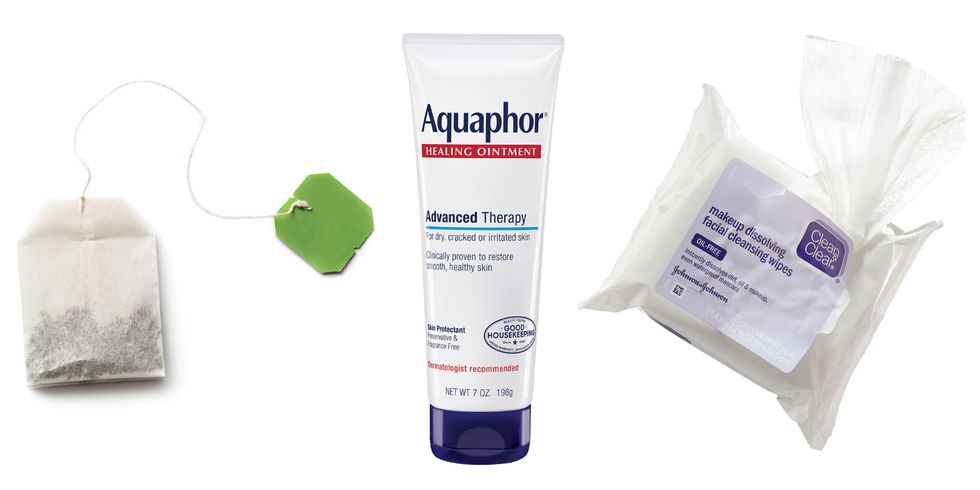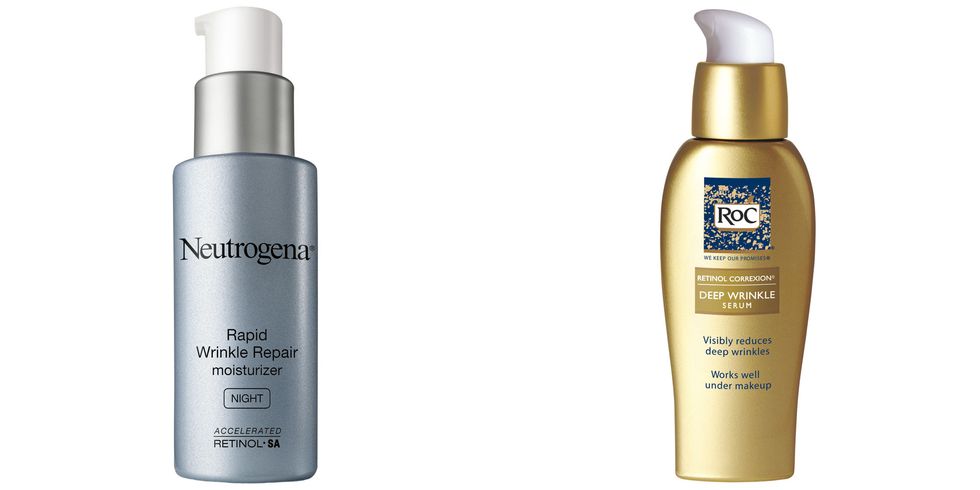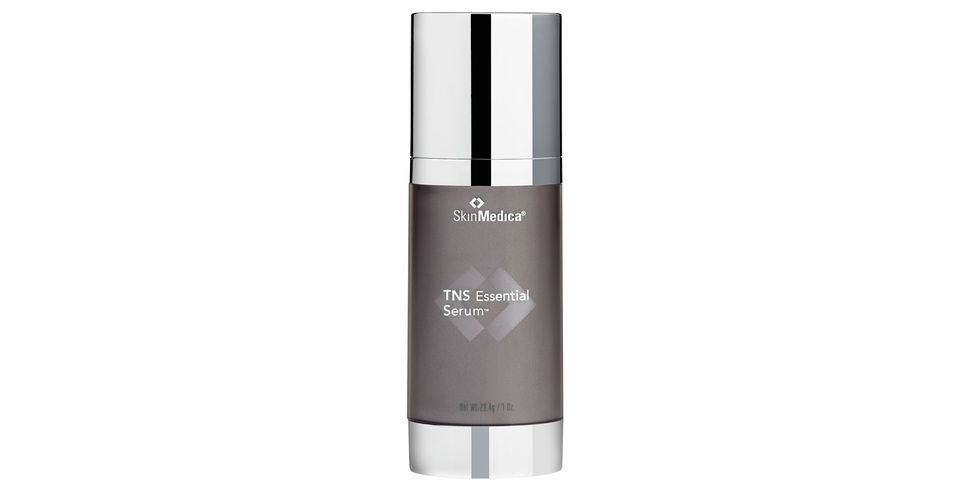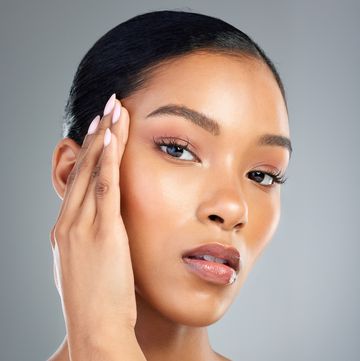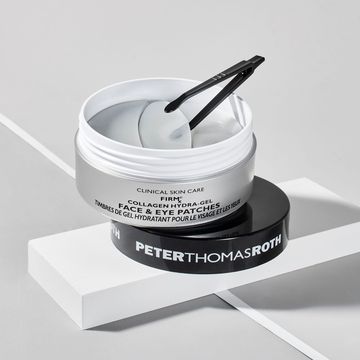From a 10-cent skin-firming marvel to a $5,000 age-reversing makeover, here's what top derms tell us we should really be spending on—no matter how much we have to spend.
$5: Stock-Up Options
Accessible skin fix extraordinaire: Run two tea bags—a box of 40 Lipton Green Tea sachets will set you back $4*—under cold water, then place them on your lids as a mask, or roll them over your face as you would a toner-soaked cotton ball. "They'll depuff eyes and tighten skin," says L.A.-based dermatologist Annie Chiu, MD, who credits the benefits to tea's anti-inflammatory tannins plus the vasoconstricting, firming properties of both cold temperatures and caffeine. Equally budget-friendly: A few dabs of tried-and-true Aquaphor Healing Ointment Advanced Therapy under or in lieu of makeup ($4 for 1.75 oz.) "looks glowy on eyelids and is basically the cheapest skin-barrier repair you can find," Chiu says. Meanwhile, a face lotion—even a low-cost one—may have benefits that far exceed hydration, according to reports from 2016's Fall Clinical Dermatology Conference. "Female beauty is defined by light reflection in five areas of the face: brows, cheeks, nose, upper lip, and chin," says New York–based derm Joshua Zeichner, MD. "This can be enhanced, of course, by fillers, but also by light-reflecting moisturizers." Try Burt's Bees Intense Hydration Day Lotion with Clary Sage ($2 for a .25-oz. purse-friendly jar).
For pore cleansing in a pinch, New York–based derm Dhaval Bhanusali, MD, whose Chelsea office is a hub for models seeking complexion rehab, advises keeping a stash of Clean & Clear Makeup Dissolving Facial Cleansing Wipes ($5)—less drying, he says, than some other options—since "falling asleep with makeup on is one of the most common reasons for breakouts."
$50: Upgrade the Basics
Fifty dollars will buy you dermatology's favorite duo: a nightly dose of an OTC vitamin A–based retinol or retinoid—"the best-studied topical ingredient to fight the signs of aging," Zeichner says—followed by a daily slathering of skin-protecting SPF. While OTC retinols, such as Neutrogena Rapid Wrinkle Repair Night Moisturizer ($17) and RoC Retinol Correxion Deep Wrinkle Serum ($16), are neither as pricey nor as potent as their prescription counterparts, they still boost collagen effectively. Chiu's sunscreen pick: "elegant, greaseless, lightweight" Elta MD UV Clear SPF 46 ($20), a cocktail of physical and chemical blockers.
$500: Enlist the Pros
"If your budget is over $300, consider light alpha hydroxy peels [approximately $200 in dermatologists' offices], which reduce pore size and leave skin glowing after just one treatment," plus a top-shelf at-home antiaging skin-care product, says NYC-based derm Neil Sadick, MD. In terms of a miracle-in-a-jar really worth shelling out for, look for skin- rejuvenating growth factors (proteins clinically proven to help increase cellular function), found in products such as SkinMedica TNS Essential Serum ($280). Or go all-in on a session of Botox ($300 per area), which reduces muscle activity to soften wrinkles—perhaps most crucially crow's-feet, which, Chiu says, "cannot disappear with eye cream, no matter how much you spend."
$5,000: Year-Round Maintenance
"For $5,000, you can address all three of the major factors of facial aging—skin tone, texture, and volume loss," Zeichner says. He and Chiu agree that the best approach is splitting the budget on your new dermatological BFF (a combo of Botox, filler, and Fraxel). In addition to a session of Botox every four months, one yearly dose of filler, such as Juvéderm or Restylane ($750), will "help with symmetry and hide things like undereye circles," Chiu says. Last but not least, a single Fraxel treatment ($1,200–$1,500) will tighten and tone skin texture.
*Pricing throughout is based on average New York City rates, but costs vary by location, expertise, and—for injectables—amount of material used.
